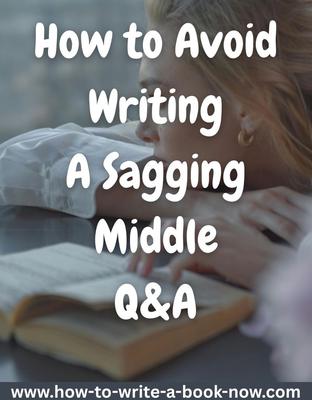Too many ideas? How many points of view?
by Josh
Hello all,
I am currently writing my second novel, and the first that I hope to finish. I have two issues: my points of view when writing in third person, and the possibility that I have too many ideas.
The novel is set in a fictional haunted asylum in 1959; the institution has an unusually high death rate, and the head nun notices that the patients in her ward are going missing and being killed, and the spiritual presences of the dead are lingering around the sanatorium, harming the patients. The spirit of a particular patient latches on to a new member: a transvestite suffering from psychosis. This person has terrible hallucinations and nightmares, and he starts to believe
that the visions he is having are warnings or premonitions of murders that are to take place. Together, they work with a policeman and psychic medium in an attempt to discover who is murdering the patients and why their spiritual presence are so harmful.
My points of view are written from the perspectives of the nun, transvestite and policeman; the psychic medium doesn't come into the story until later on. The structure of multiple POVs may often look something like this:
Scene one: Transvestite
Scene two: Nun
Scene three: Policeman
Scene four: Transvestite
Scene five: Nun
Scene six: Policeman
Mine looks something like this:
Scene one to three: Transvestite
Scene four, five: Nun
Scene six to eight: Transvestite
Scene nine, ten: Policeman
Scene eleven: Nun
Scene twelve, thirteen: Transvestite
Scene fourteen: Policeman
And so on. The first scenario may have a regular pattern, however the latter scenario I feel works better for my novel. I am happy with my plot and character developments, as well as my writing style, but potentially having too many ideas and the structure of my POVs is giving me a lot of stress.
I would very much appreciate your ideas on this. Please be as critical as you can be.
Thanks,
Josh
Response: Writing from multiple points of view is like writing multiple stories within an overall story. Each of your major POV characters needs his/her own arc in addition to the arc of the overall plot.
You are certainly under no obligation to switch
That said, Dramatica does offer some recommendations. Let's assume each arc follows a four-part stucture...
setup --> complication --> crisis --> resolution
Note that this is the chronological order of events. You can tell the story in a non-chronological order, but the events should make sense chronologically.
Dramatica recommends that the setups for all the arcs should be grouped together in act one. All the complications should be in act two. All the crises occur in act three. And all the resolutions occur in act four.
In addition, the major turning points or drivers should begin and end each act. It looks like this...
Initial driver (inciting incident)
Act one
2nd driver (first major turn)
Act two
3rd driver (2nd major turn/point of no return)
Act three
4th driver (crisis driver)
Act four
Final driver (resolution)
The drivers, plus the fact that each act explores a different type of material, create the sense of act breaks.
However, within an act you are free to skip around among the various POVs in whatever order you like.
As for how complicated your story is becoming...
Obviously I don't know your story. But if I were to peg one character as the main character I would probably choose either the nun or the detective. It is common in this type of story, where something strange and supernatural is going on, to write from the perspective of an outsider -- a rational person -- who is trying to make sense of it all.
It also helps to have an impact character -- someone who offers the main character a completely different approach to dealing with the problem. Regardless which character you choose as your main character, any of the other three could probably serve as impact character (though, if you choose the psychic, you might have to bring him/her in earlier).
If you're looking to simplify the story, you may find that the remaining two characters don't need to be POV characters. Reducing their arcs might help to focus the story more on the main character's inner conflict.
Best of luck.
- Home
- Writing Questions
- Too many ideas? How many points of view?















